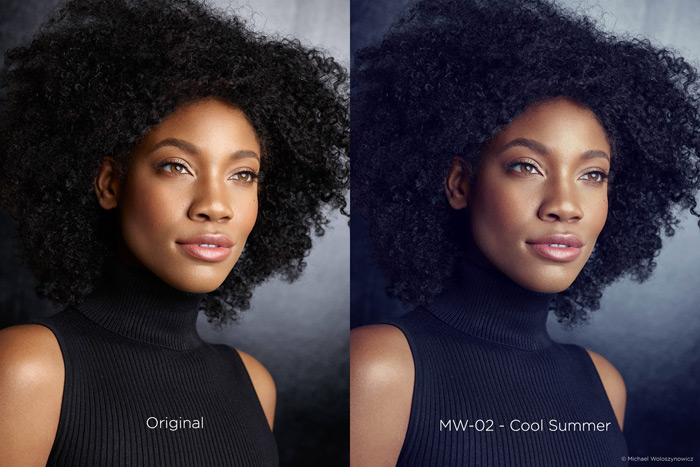
Thus, you can create styles to reset particular adjustments to 0. The trick is that styles contain any adjustments, including 0 corrections. However, you can use them to reset adjustments as well! Usually, styles in Capture One are used to apply some adjustments. Now, you can scroll styles and easily compare your current adjustments with other styles. Yep, it’s this rare case when you need to turn it off!

Secondly, turn off Edit Selected option to apply a style to the primary variant only. Here I’ve posted a script to automate these actions. Sometimes, you might need to see how an applied style looks when compared to other styles on the same image.įirstly, create a new variant and select both images. To get to this folder, simply follow the instruction in my video (starts at 6:25) and replace StyleBrushes with Styles in the path: Don’t forget to restart Capture One for changes to take effect. Additionally, you can organize your styles by editing tasks or looks. Here you can structure styles and organize them into folders.įor instance, you can create a Favorites folder and put some of the most used styles there. Structuring Styles into Foldersįirst and foremost, you need to learn to access Capture One styles system folder. If you’re not familiar with styles in Capture One, here is a nice tutorial to learn all the basic features of styles.
#How to use capture one styles how to
Now, let’s see how to get the maximum out of your styles in Capture One.

There are six basic looks, reflecting Tri-X shot at different speeds using push/pull darkroom techniques. I’m unashamedly geeky when it comes to getting all the little details right! There’s even a technique to emulate halation around highlights – likely a first for film presets – to subtly capture the look of bright light scattering in the film emulsion. This doesn’t just mean realistic film grain either part of the goal was to capture the sharpness/detail of different negative sizes (35mm has less resolution/sharpness and a coarser grain than medium format, for example). Each folder changes the ‘mojo’ of the look, with the possibilities being an authentic 35mm and medium format scan emulation with realistic grain and detail, a generic faded look with softer grain, a ‘natural’ look which blends digital sharpness with subtle grain, and a totally clean variant.Īlthough there are completely clean variants of all presets, a lot of the work went into creating a plausible emulation of real film scans.
#How to use capture one styles plus
The different styles cover a single base look plus pushed/pulled versions, but then these are duplicated in 5 different folders. It’s laid out in a logical and consistent way, meaning you can find the look you need without blindly clicking a bunch of presets until you hit the right one!


This isn’t just a single preset, it’s an entire toolbox covering more than 30 individual presets as well as a variety of coloured filters and colour toning. Hugely versatile with a crisp, distinctive look, it’s one of the most enduring monochrome films of all time. An in-depth emulation of one of the most beloved black and white film stocks, Kodak Tri-X 400.


 0 kommentar(er)
0 kommentar(er)
